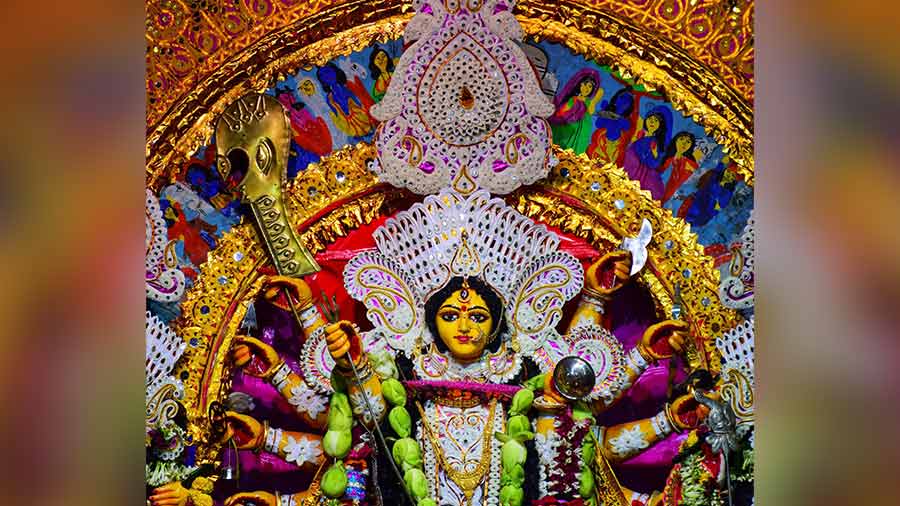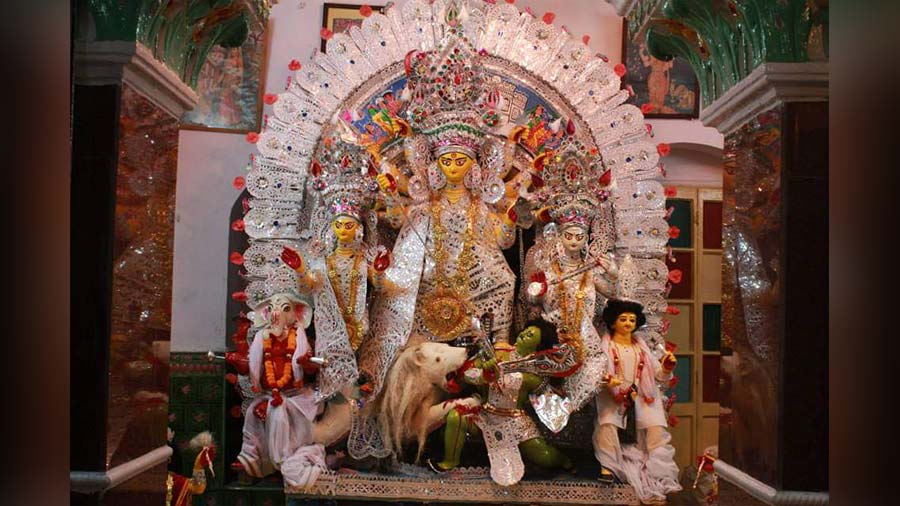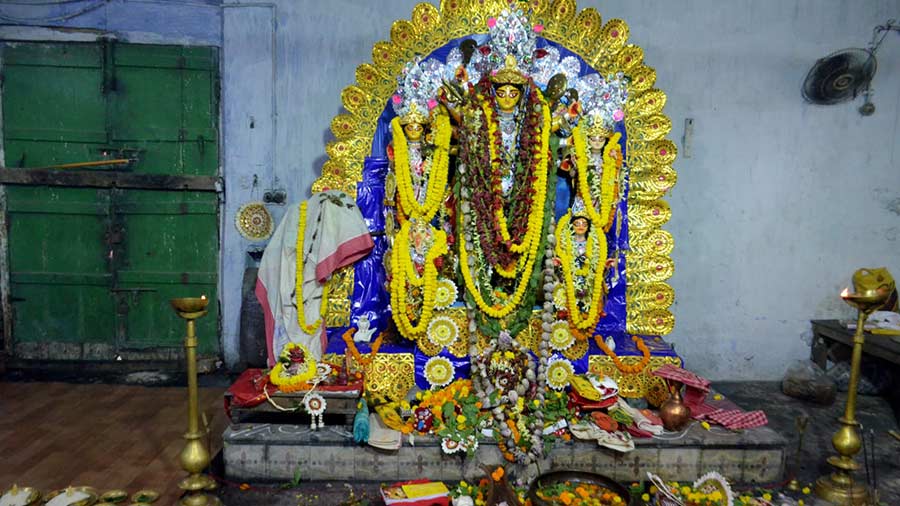When Siraj-ud-Daulah, the last independent Nawab of Bengal was fighting tooth and nail with the British, he only had a few handfuls of friends. Among them was the landlord Ghosh family of Kakdari village, which is presently located in West Midnapore district. The family was so loyal to the nawab that they filled huge canals with paddy chaffs to make a way for Siraj-ud-Daulah’s army to attack British soldiers.
Not everyone remembers a friend in need. However, the Nawab was not ungrateful. He vested the title of ‘Palmal’ to the Ghosh family. Everything was going well until a family member, Fakir Chandra Ghosh, died prematurely. He had a young wife and a six-year-old son. The young lady was not happy with the treatment she received from his in-laws and decided to quit the palatial residence of Ghosh family and leave for Howrah, along with her son Madhab Chandra Ghosh. They settled in a small hut at Noongola Ghat at Howrah, where the young Madhab took a job in a salt godown. He toiled day and night to earn, and neither he nor his mother uttered a word about their past life. However, the owner of the godown was a keen observer, who understood that the boy came from a respectable family. He gave young Madhab more responsibility. When he was in his teens, Madhab Chandra Ghosh purchased the godown. Within a short span of time, Madhab diversified by venturing into bamboo, iron-cutting and medicine businesses. He set up a ship repair factory called BD Builders in Garden Reach and even bought two steamers named Bhagirathi and Gangasagar.

The Radha Madhab idol of the family
Madhab Chandra shifted to a palatial house with a thakur dalan, which, at present, is located near Howrah A.C. Market. First, he established the deity of Radha Madhab in the thakur dalan, and then started a Durga Puja around 1801. The puja is held in the same thakur dalan where Radha Madhab is worshipped.
In the Ghosh famiy, Kathamo Puja (worship of the bamboo frame of the goddess) is performed on the day of Ulto Rath. The process of creating the structure of the deity by binding straw over the frame, followed by applying of clay starts on Janmashtami, the birthday of Lord Krishna. The chalchitra of the deity depicts scenes from the Vishnu Purana and Kalika Purana.

The chalchitra depicts scenes from the Vishnu Purana and Kalika Purana
Chandi Path and Geeta Path starts one week before Durga Puja. Puja is performed here as per the norms of the Bisuddha Siddhanta almanac. Bodhon of the goddess is performed on Sashthi. On that day, the Goddess is adorned with jewellery made of gold and weapons made of silver. The goddess is dressed in white using shola.
On Saptami, following the Navapatrika bath and Chokkhudaan rituals, the priest chants mantras to incarnate the goddess in the clay idol. As the Puja is performed as per Vaishnav rituals, there is no animal sacrifice involved. Only sugarcane, pumpkins and fruits are ‘sacrificed’. On Saptami, two such sacrifices take place, followed by two more on Ashtami and three sacrifices in Navami.

Family members at the Durga dalan
Inside the Ghosh family residence, there are also Narayana and Shiva temples. These deities are also brought to the thakur dalan during Durga Puja. During the day, the goddess is presented with various sweets, sugar, rice and fruits as offerings. In the night, luchis are offered along with sweets.
Kumari Puja is performed on Navami, when a bride of the family is worshipped by the priest as the goddess. She sits with an earthen pot on her head and two on her hands, facing the goddess. The pots are filled with camphor, guggul (gum resin) and dhuno set alight. Irrespective of age, every family member treats her as the goddess and touches her feet.

Different generations of the family in front of the idol
During Durga Puja, different social functions also take place in the courtyard of the house involving family members and artists. Baul and different folk songs are also performed. Birendra Krishna Bhadra had visited the house and recited hymns. Celebrity artistes like Amjad Ali Khan and Ramkumar Chattopadhyay have also performed here
Finally, the goddess is immersed at Noongola Ghat, from where the story of this family began.


